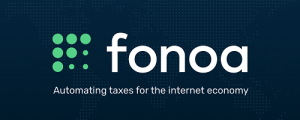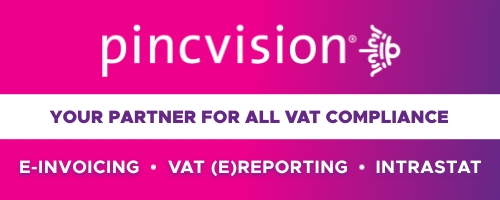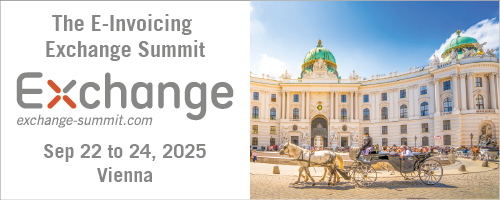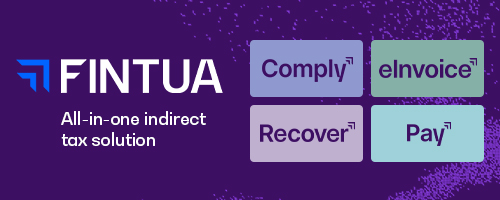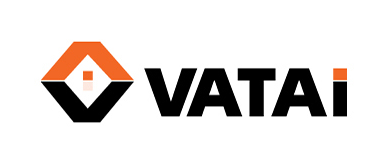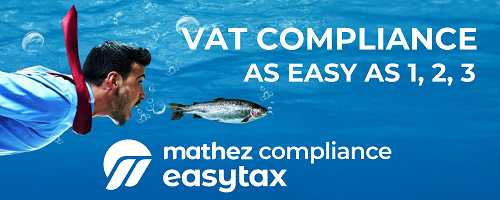If you work in tax or accounting, you’re probably familiar with the reverse charge mechanism. It’s a process in which the consumption tax is declared and paid to the government by the buyer, rather than the seller. This is particularly relevant for value-added tax (VAT) or goods and services tax (GST) on cross-border business-to-business (B2B) transactions.
While the basics of the reverse charge are well-known, there are several lesser-known rules and applications that could surprise you. In this article, we’ll cover some of the lesser-known aspects of the reverse charge mechanism and provide practical examples to help you understand how it works.
- Basics of the Reverse Charge Mechanism
- Lesser-Known Aspects of the Reverse Charge Mechanism
- Reverse charge without declaration
- Reverse charge with payment
- Common AP mistakes caused by the Reverse Charge
- Reverse Charge on Services to Unregistered Businesses in the EU
- Mandatory EU Invoice Wording
- Conclusion
- How can Fonoa help?
Source: www.fonoa.com
Click on the logo to visit the website



